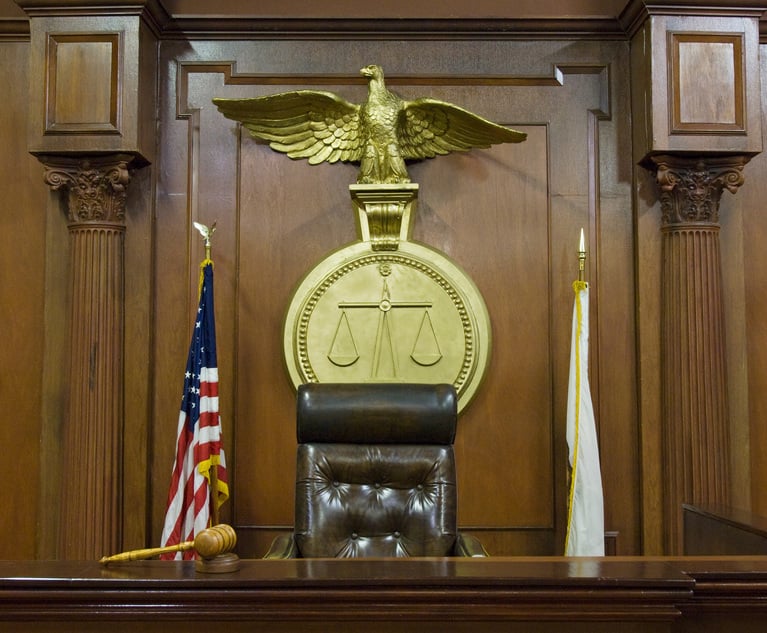Parties in litigation are expected to consider reasonableness and proportionality factors when preparing or responding to discovery requests. Not only does Federal Rule of Civil Procedure 1 instruct the parties and the court to construe and employ the Federal Rules to secure the just, speedy, and inexpensive determination of every action, but parties must also abide by Federal Rule 26(g)’s instructions. Pursuant to Rule 26(g), every discovery request, response, or objection must be signed certifying that the discovery is “neither unreasonable nor unduly burdensome or expensive, considering the needs of the case, prior discovery in the case, the amount in controversy, and the importance of the issues at stake in the action.”
Nevertheless, more than seven years after the 2015 amendments to the permissible scope of discovery in Rule 26(b), parties continue to struggle with drafting reasonable and proportional discovery. With this struggle comes a risk that producing parties will challenge the reasonableness and proportionality of discovery and seek independent guidance from courts. Seldom is it clear-cut, certain, or obvious at what point discovery requests move from reasonable to overbroad.


 Patricia Antezana of Reed Smith. Courtesy photo
Patricia Antezana of Reed Smith. Courtesy photo




